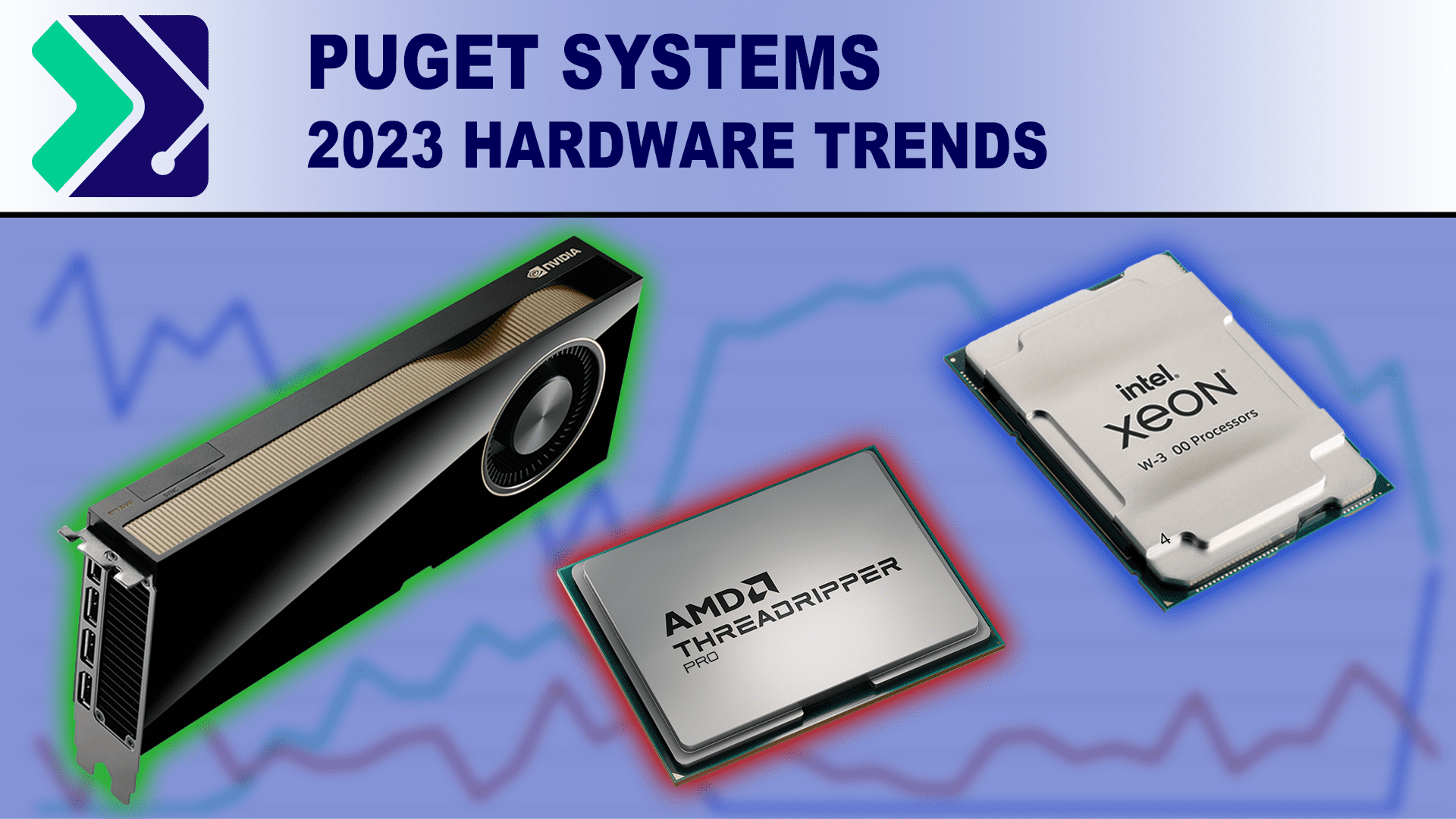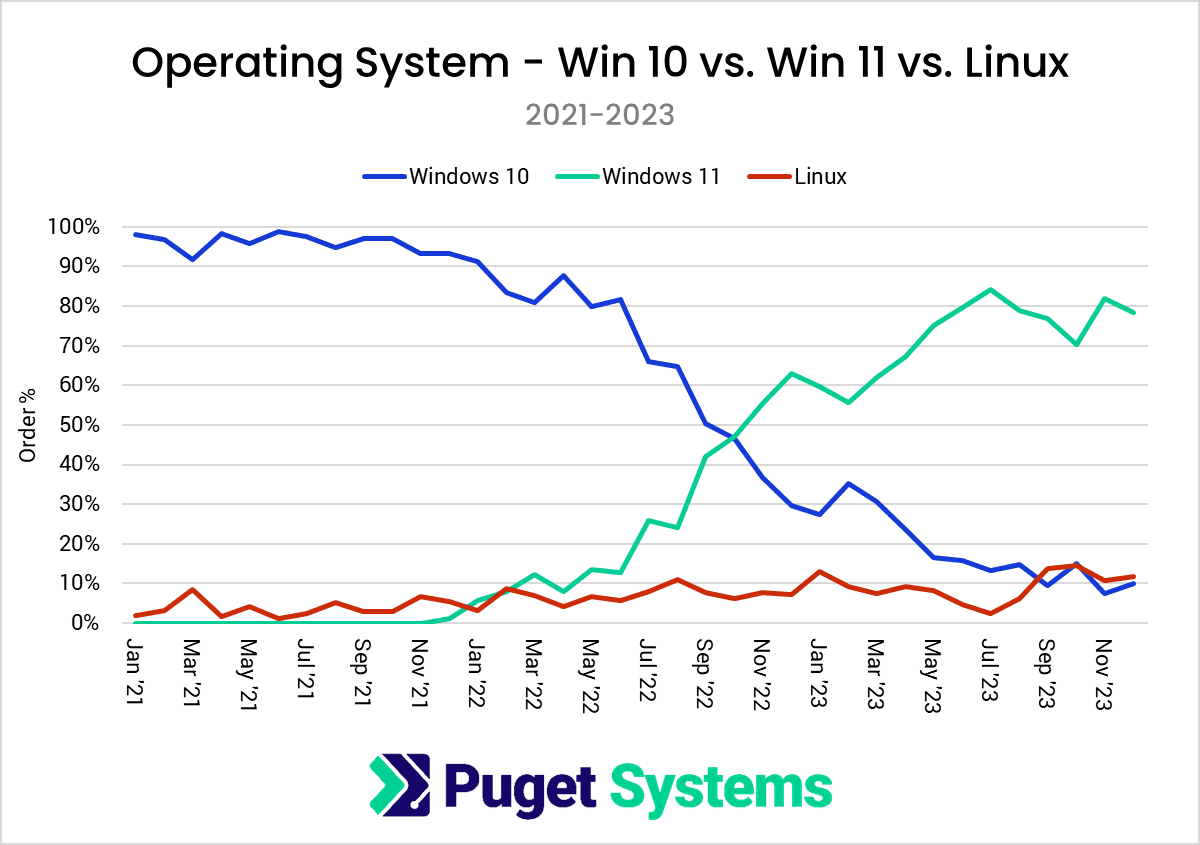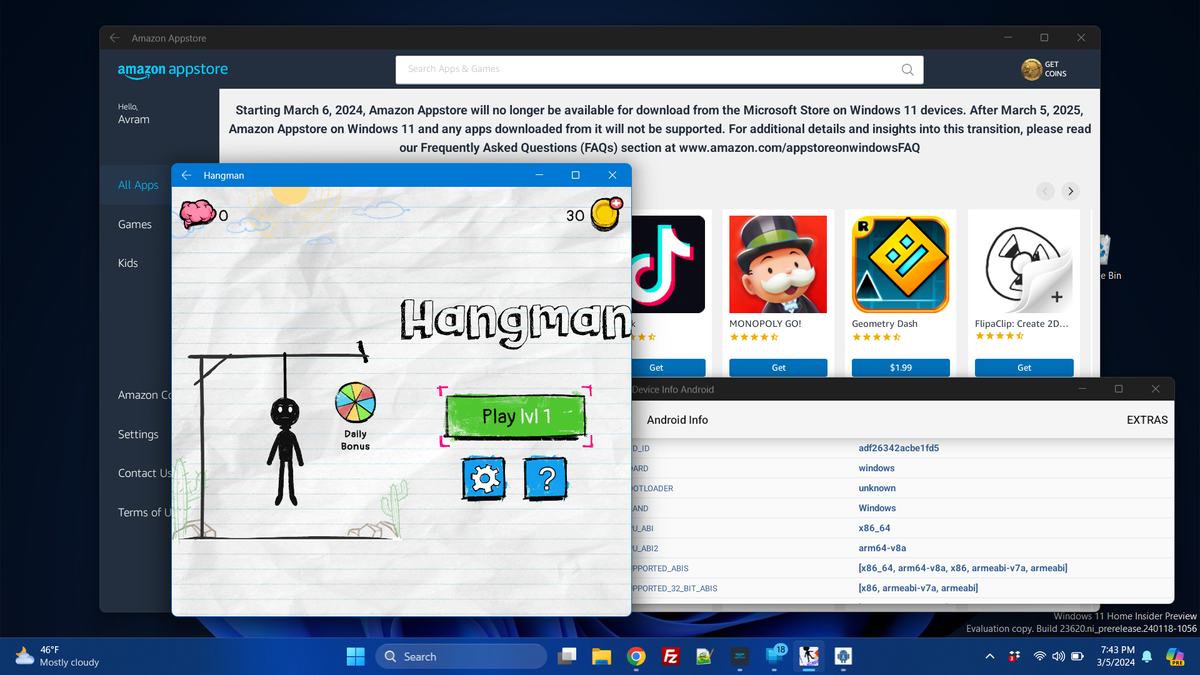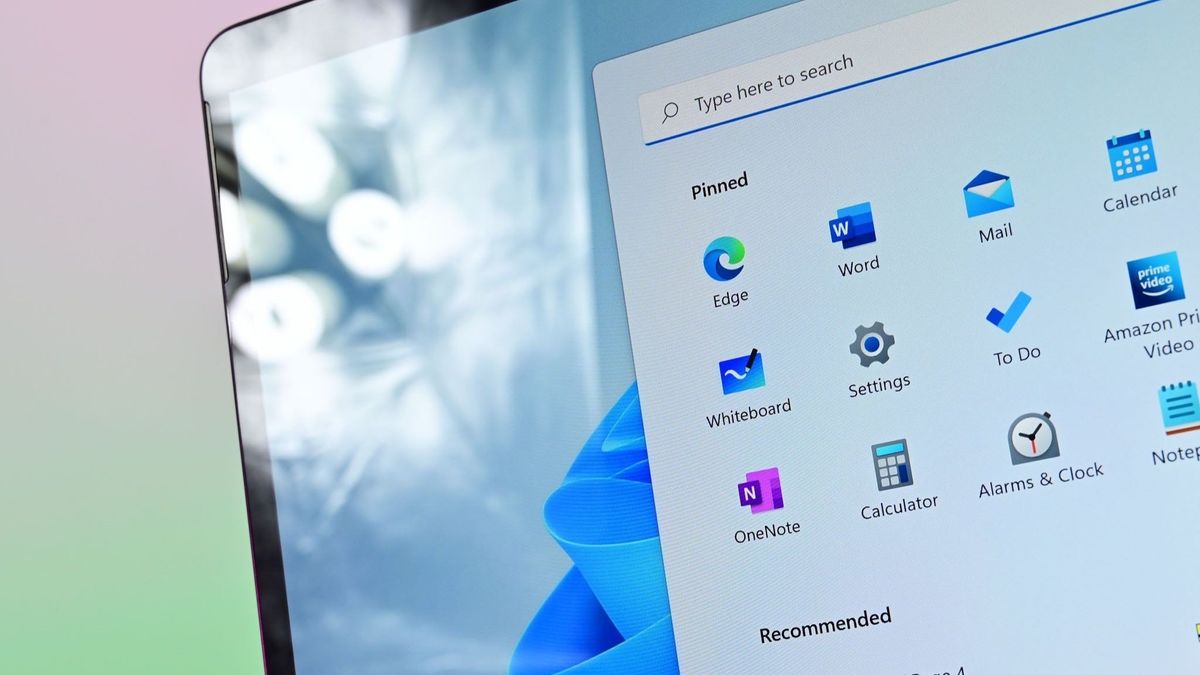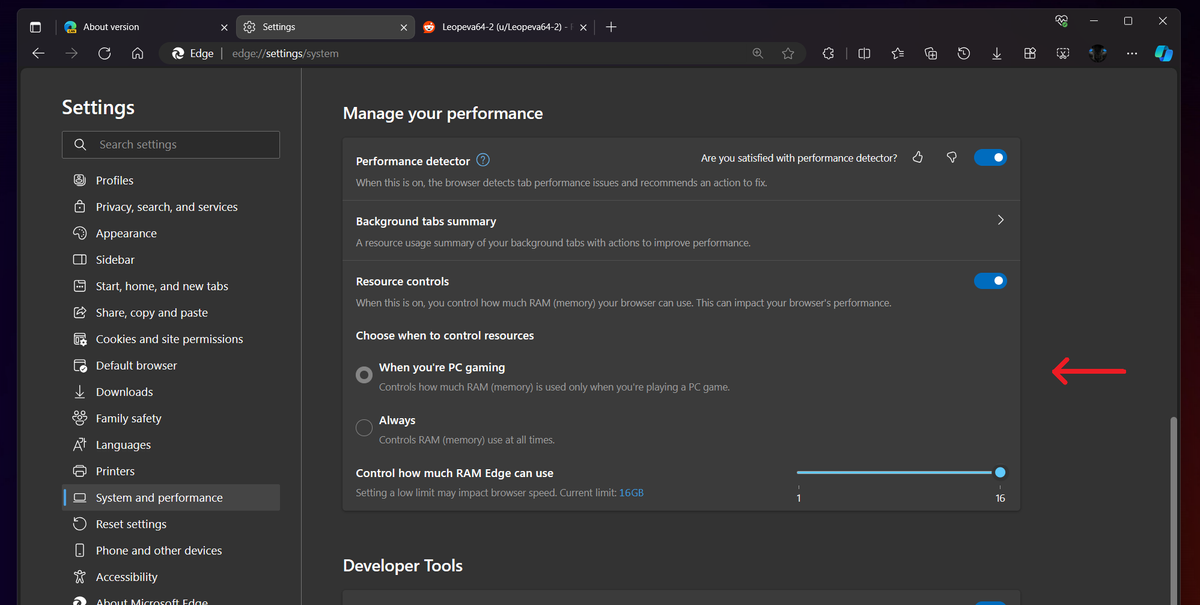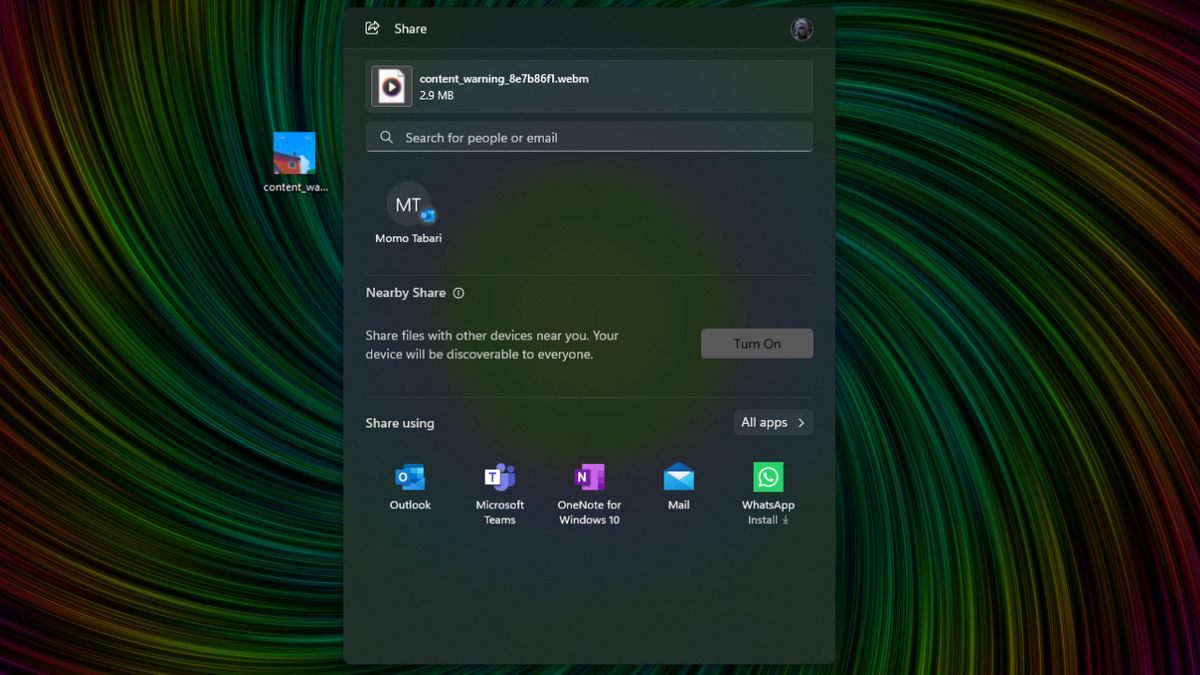Yeah, I'm sure there's something out there which gets benefit from tallying up all the 1-bits spread across eight bytes of data. Still seems a somewhat arbitrary line to draw in the sand...
I wonder if this instruction can function as some sort of proxy indicator of a slew of other instructions which Microsoft wants to see. As in, the POPCNT instruction itself is perhaps meaningless, but processors which do NOT have the instruction also end up missing some other more pertinent instructions. Rather than doing checks for each unique instruction, a single lookup for POPCNT can confirm the rest.
I wonder if this instruction can function as some sort of proxy indicator of a slew of other instructions which Microsoft wants to see. As in, the POPCNT instruction itself is perhaps meaningless, but processors which do NOT have the instruction also end up missing some other more pertinent instructions. Rather than doing checks for each unique instruction, a single lookup for POPCNT can confirm the rest.

